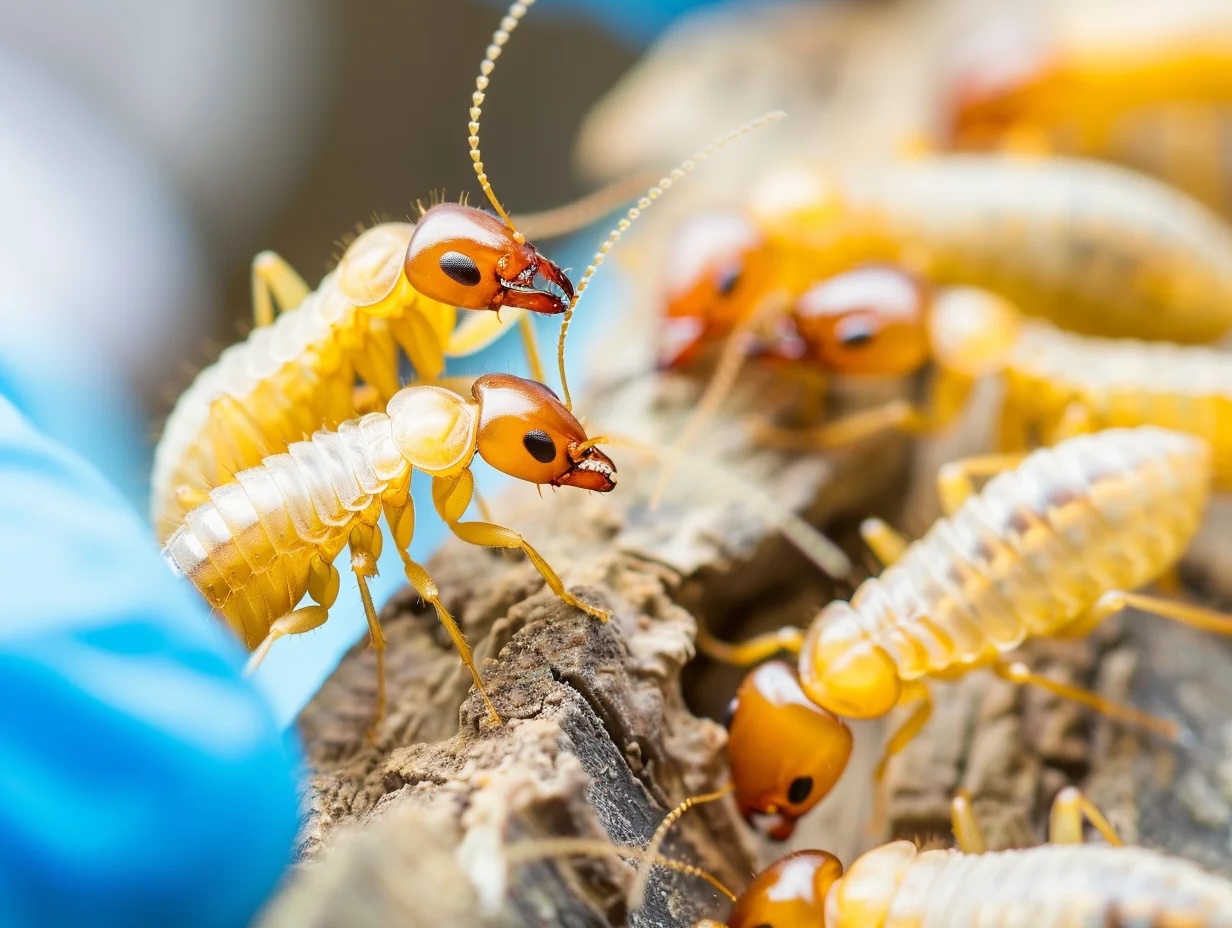Now That Fall Has Arrived Residents Of Ventura County Must Be Mindful Of Western Drywood Termite Swarms
Termites have always been a major economic problem in the state of California due to the diversity and abundance of termite species that inflict severe structural damage to homes and buildings in the state each year. During the 1980s in California, more than 360 million dollars was spent to control termites annually, and more than 1.5 million structural pest inspection reports from the state were submitted to the pest control board each year. Termites are divided into three groups, subterranean, drywood and dampwood, and while all three groups are well represented throughout California, the southern half of the state sees the greatest amount of termite damage. While subterranean termites, like western and desert subterranean termites, are exceedingly destructive to homes and buildings in southern California, the desert southwest is unique in that it is the only region of the US where drywood termites are considered nearly as destructive as subterranean termites. In Ventura County, and much of the rest of California, the western drywood termite is the most destructive and commonly encountered drywood termite species in homes.
Now is the time of year when reproductive western drywood termite swarmers (alates) emerge from existing colonies in order to mate and start new colonies as founding queens and kings. In most of southern California, western drywood termites swarm from September through November, but in excessively hot desert areas, swarms may emerge earlier in the year. When it comes to drywood termites, only swarming alates can establish infestations within houses, as drywood termites feed and dwell solely within the wood sources they colonize. Unlike subterranean termite colonies where workers forage beneath the soil, drywood termites do not produce foraging workers at all, so it is important to be mindful of when drywood termite swarms are expected to occur in southern California. Luckily, swarming termite alates are poor flyers, and western drywood termite alates can usually be captured by hand as they are flying. Weak fliers rarely fly more than ten feet from their nest, while intermediate fliers may travel as far as 100 feet, and the best fliers can fly as far as 250 feet from their nest of origin. This makes western drywood termite swarms a serious threat to homes when they are found within residential areas.
Have you ever witnessed a termite swarm around houses?


